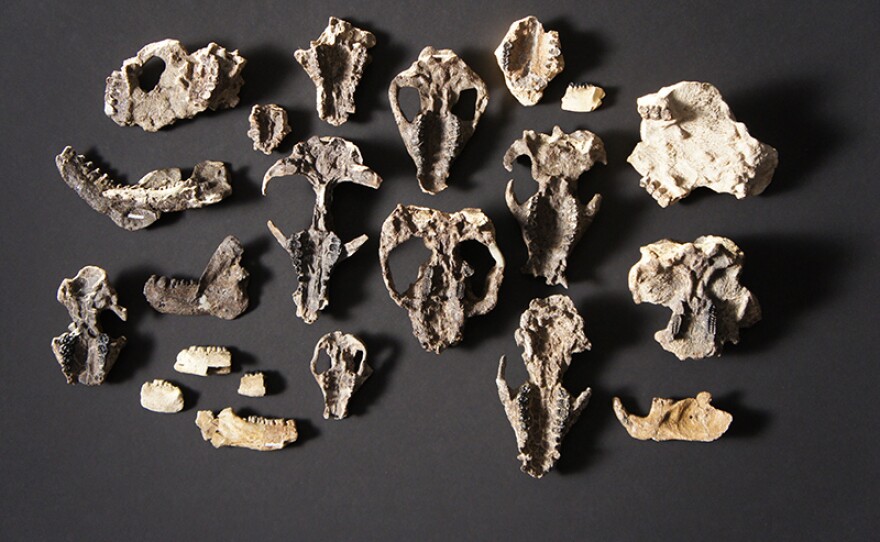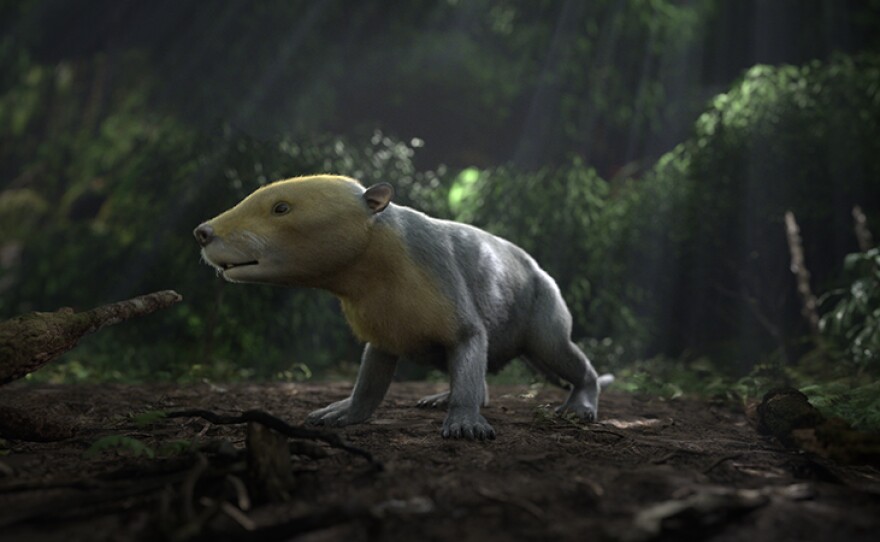Sixty-six million years ago, an asteroid slammed into Earth, bringing the dinosaurs' reign to a fiery end. But from this catastrophe, tiny mammal survivors were able to emerge from the shadows and flourish.
Today we live in the age of mammals, with a staggering array of species, from lions to bats to whales, occupying nearly every habitat on Earth.
But how did our predecessors evolve so rapidly and diversify into the range of creatures we know today? An astonishing new trove of fossils is finally providing some answers.
On "Rise Of The Mammals," NOVA takes you to Colorado, where fossils hidden inside ordinary-looking rocks provide a dramatic picture of how life rebounded in the first million years after the asteroid impact.
They show how plants and animals evolved together, and how rat-sized mammals — safe from dinosaurs’ jaws — ballooned in size at an astounding rate.
What the fossils tell us may transform our understanding of our fellow mammals — and how life can recover after a mass extinction.
“This story about the recovery of life reminds us of the incredible tenacity of life on Earth. It also reveals a different kind of tenacity — that of the dogged persistence of the scientists and volunteers who worked so hard to make this discovery,” said NOVA Co-Executive Producer Chris Schmidt. “Now, thanks to them,we have a vivid picture of how our scorched planet came back to life.”


Watch On Your Schedule:
With the PBS Video App, you can stream your favorite and local station shows. Download it for free on your favorite device. The app allows you to catch up on recent episodes and discover award-winning shows.
Episodes are available for viewing on demand for a limited time after each broadcast. Extend your viewing window with KPBS Passport, video streaming for members at $60 or more yearly, using your computer, smartphone, tablet, Roku, AppleTV, Amazon Fire or Chromecast. Learn how to activate your benefit now.

Join The Conversation:
NOVA is on Facebook, and you can follow @novapbs on Twitter. #NOVAnext
Credits:
A NOVA production by HHMI Tangled Bank Studios for WGBH Boston. Writer, Director, and Executive Producer is Geoff Luck. Executive Producers for HHMI Tangled Bank Studios are John Rubin and Sean B. Carroll. Executive Producer for NOVA is Chris Schmidt. NOVA Series Co-Executive Producers are Julia Cort and Chris Schmidt.





